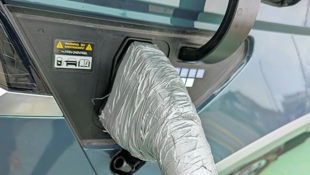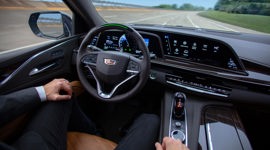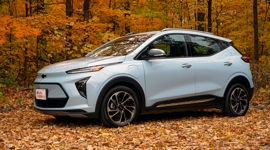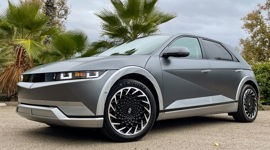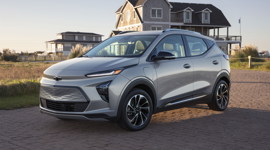Far be it for me to recycle old material, but it bears repeating: electrification is coming whether you like it or not.
And in spite of the maniacal rantings and misinformation you might encounter about this divisive topic, it’s the right approach to the pesky problem of climate change. Science is real, and it says we need to cut greenhouse gas (GHG) emissions – and since passenger vehicles account for about half of Canada’s transport sector emissions, driving cars, trucks, and SUVs that emit nothing makes an awful lot of sense.
The problem isn’t just the glacial pace at which we’re transitioning to zero-emissions mobility – and by we I mean government, business, and the public collectively – or the serious lack of public electric vehicle (EV) chargers in this country; no, it’s the simple act of charging itself that’s turning this believer into a skeptic in real-time.
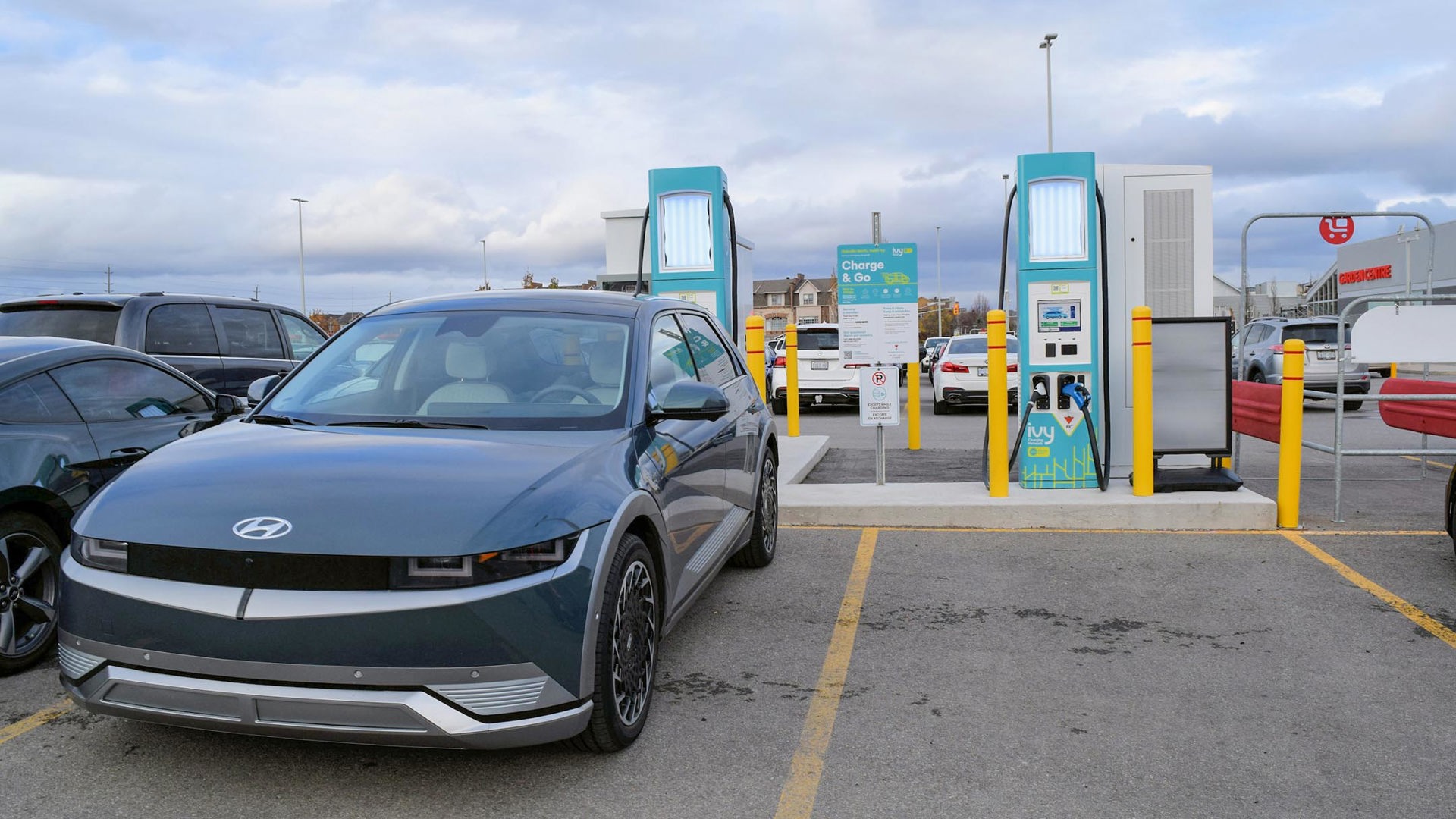
In fairness, growing pains are an inevitable part of such a seismic shift. After all, most of us rely on personal transportation to get to and from work, school, or the grocery store, not to mention travel to the cottage, to see family, or just to get away. And while EVs won’t stop us from doing any of that, they do require an altogether different approach than their gas-powered counterparts have allowed over the course of our lifetimes.
For example, towing a trailer stuffed with all my worldly possessions some 4,000-km across the country for work is probably not something that’s going to happen in this current phase of the electric era, yet I didn’t think twice before hitting the road back in 2011. Even less arduous drives aren’t a gimmie, as I learned the hard way attempting to cover a 350-km round-trip behind the wheel of the Chevrolet Bolt EUV.
Getting back to the matter at hand, it’s not just that EVs can’t cover the same distances as the gas-powered vehicles we’ve all grown accustomed to – it’s the infrastructure itself that’s the biggest problem. Charging woes aren’t just possible but probable, and they’re ruining the EV experience.
Imagine pulling up to a gas pump to find it out of order – this in spite of a smartphone app indicating all is well and good. Or putting the nozzle in your vehicle’s fuel-filler only for it to reject the gas you’re trying to pump. Or being forced to use a proprietary payment method at each gas station you visit. These are just some of the routine problems plaguing EV charging, and they seem to be getting worse instead of better.
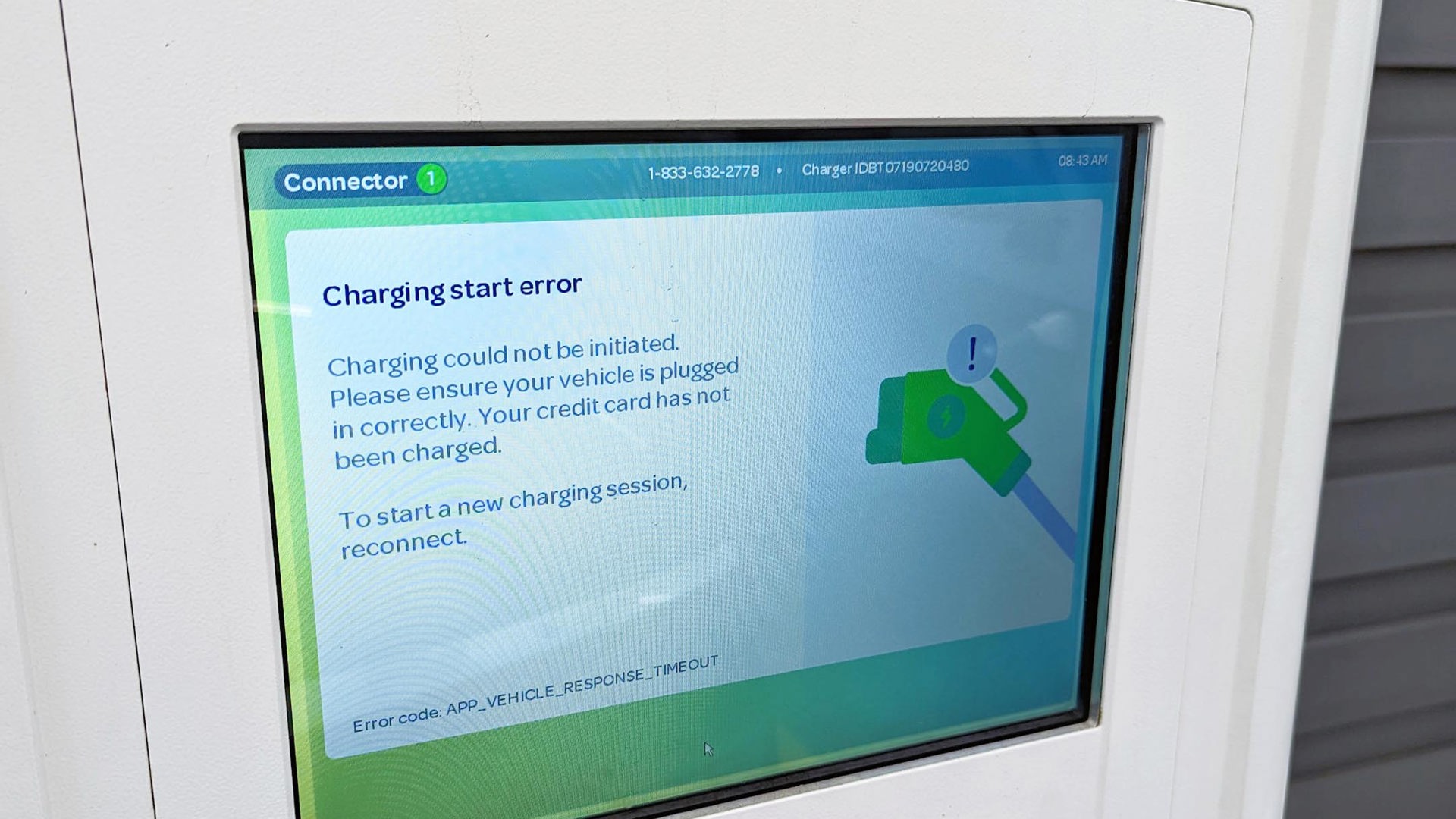
A recent test of the Mercedes-Benz EQB SUV was downright miserable, with repeated charging failures that were the fault of both the vehicle itself and our flawed infrastructure. It started with a trip to an Ivy Charging Network location in Oakville, Ont., that’s normally reliable, but both DC fast chargers were offline at the time. That meant an extended detour to a Flo fast charger a little more than 20 km away in nearby Mississauga. And in fairness, that session was flawless, with the 50-kW station feeding electrons at a reasonable rate.
A few days later, a Flo-branded DC fast charger in Milton, Ont., wouldn’t work so I ended up at a nearby Petro-Canada (fun fact: it was the other way around just two weeks earlier, with the Petro chargers offline and the Flo station working when I visited). Thankfully, I was able to plug into one of the DC fast chargers, although not before first having to guess which was which. That’s because the labels on the chargers themselves read 1 and 2, but the Petro smartphone app said I was looking for chargers 8 and 9. (Yes, there are only two fast chargers on site. Yes, I guessed wrong the first time.)
But it was the way the week ended that left me wanting to scream in an empty parking lot. It was Sunday morning, and I decided to run some errands and charge the EQB. At one Flo station it took six attempts – yes, six – for the vehicle and charger to speak the same language. That conversation lasted exactly three minutes and five seconds before spontaneously stopping. The smartphone app cited an “unusual error.” After more failed attempts to connect, I got another six minutes of energy before it shut down again, this time with the station claiming the charging was stopped by the vehicle.
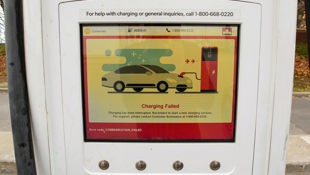
These ongoing experiences leave me wondering: when was the last time filling up at a gas pump was this defeating? None of the commuters I watched that morning at Petro had to guess the right pump or head to a different station because the nozzle wouldn’t connect. And while charging at home can sometimes solve these issues, that’s not always the case. From building-dwellers like me who don’t have the option to charge at home to every one of us who’s ever driven from Montreal to Toronto or Vancouver to Kelowna, the current state of public charging infrastructure just isn’t going to cut it.
Even more damaging is how jaded I’ve become about electrification as a direct result of the issues I’ve experienced time and again. Something as easy as plugging in shouldn’t be this complicated or convoluted. Until these problems are addressed, consider me increasingly pessimistic about the future of electrification.
